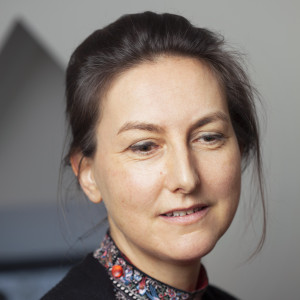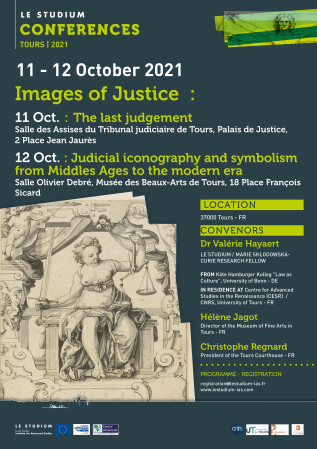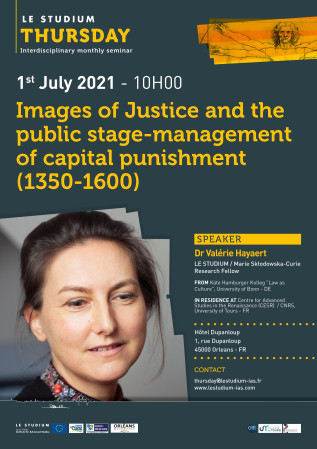Dr Valérie Hayaert

From
Käte Hamburger Kolleg "Law as Culture", University of Bonn - DE
In residence at
Centre for Advanced Studies in the Renaissance (CESR) / CNRS, University of Tours - FR
Host scientist
Dr Stéphan Geonget
PROJECT
Justitiart. Images of justice: a European servey of legal symbolism
In Europe, most of today’s courthouses are symbolically silent. Because Justice not only needs to be done but also needs to be seen to be done, this project challenges the claim that images of justice have an important role to play in the maintenance of social bonds. The power of judicial images is a useful ally to revive the foundational principles of fair trial and due process. What are the benefits and what are the limits of drawing on the past tradition of judicial symbols in Europe ?
Drawing inspiration from visual studies, cultural legal history, visual anthropology and performance studies, this multidisciplinary investigation aims at revealing the essential dynamic function of a civic allegory : its composition or invention, its role into the dissemination of meaning and the ways in which it was perceived by different audiences, in order to question to which extent this device fulfilled didactic, persuasive, mnemonic, evidential, or deontological functions. Artworks are full social agents, situated at the interface of institutions and emotions.
The project combines historical case studies (1450-1800) with a theoretical approach aiming at defining the power of images within the legal sphere. It analyses courthouses precincts, legal symbolism and territorial patterns in four geographical areas (Belgium and the Netherlands, France, Italy and the United Kingdom).
Publications
Final reports
In Europe, most of today’s courthouses are symbolically silent. Because Justice not only needs to be done but also needs to be seen to be done, this project intends to exemplify the claim that images of justice have an important role to play in the maintenance of social bonds. The power of judicial images is a useful ally to revive the foundational principles of fair trial and due process. Drawing inspiration from visual studies, cultural legal history, legal anthropology, this multidisciplinary investigation aims at revealing the essential dynamic function of a civic allegory: its composition or invention, its role into the dissemination of meaning and the ways in which it was perceived by different audiences, in order to question to which extent this device fulfilled didactic, persuasive, mnemonic, evidential, or deontological functions.


